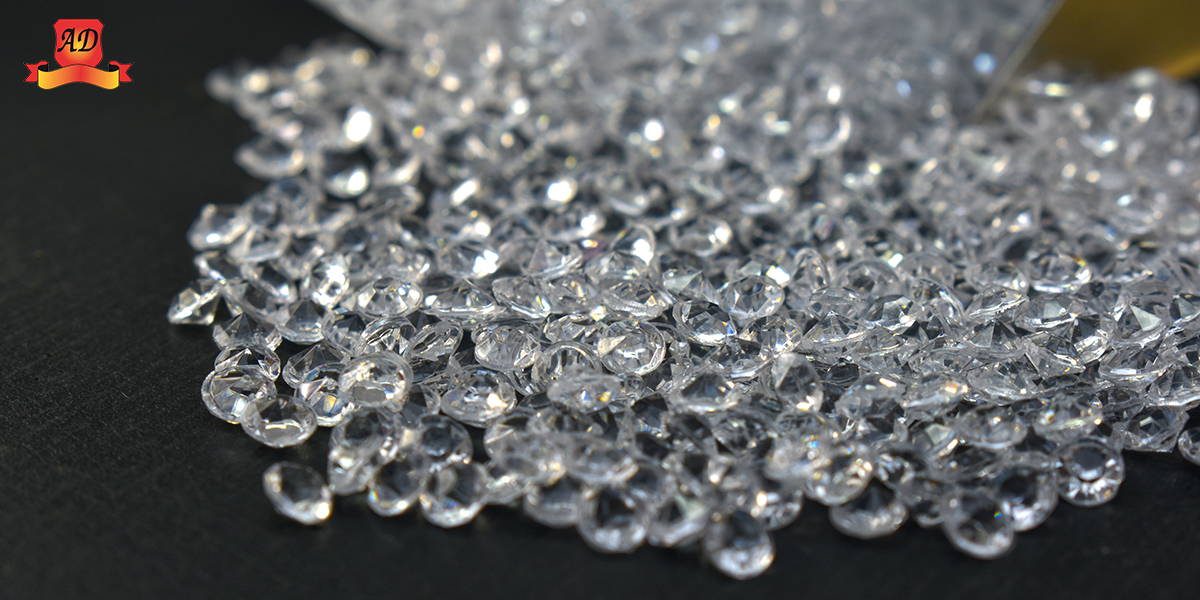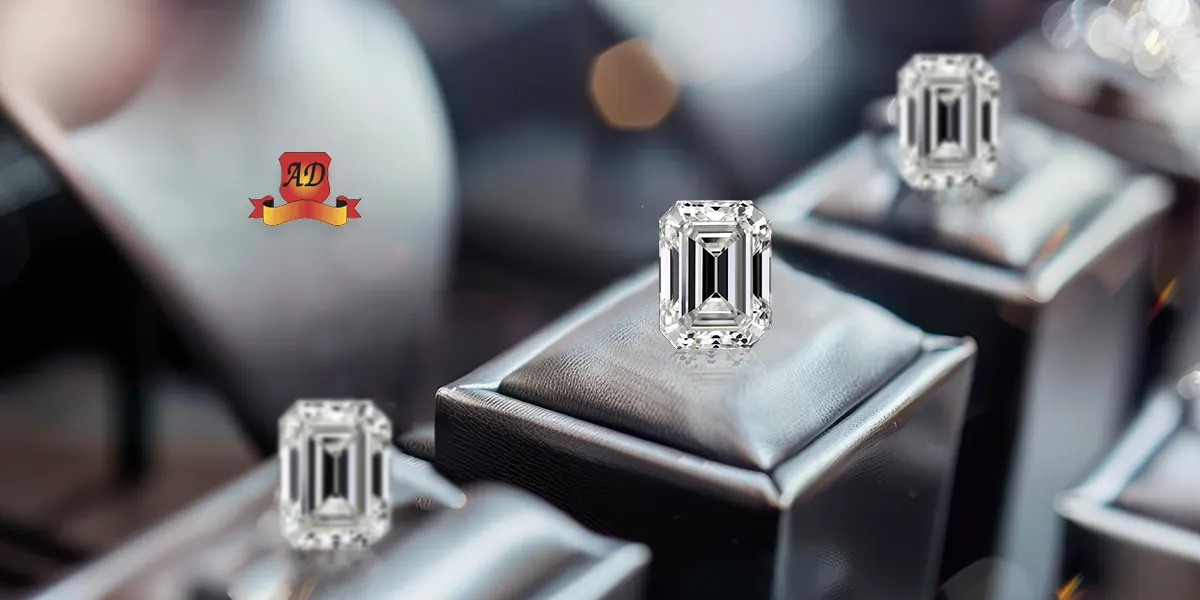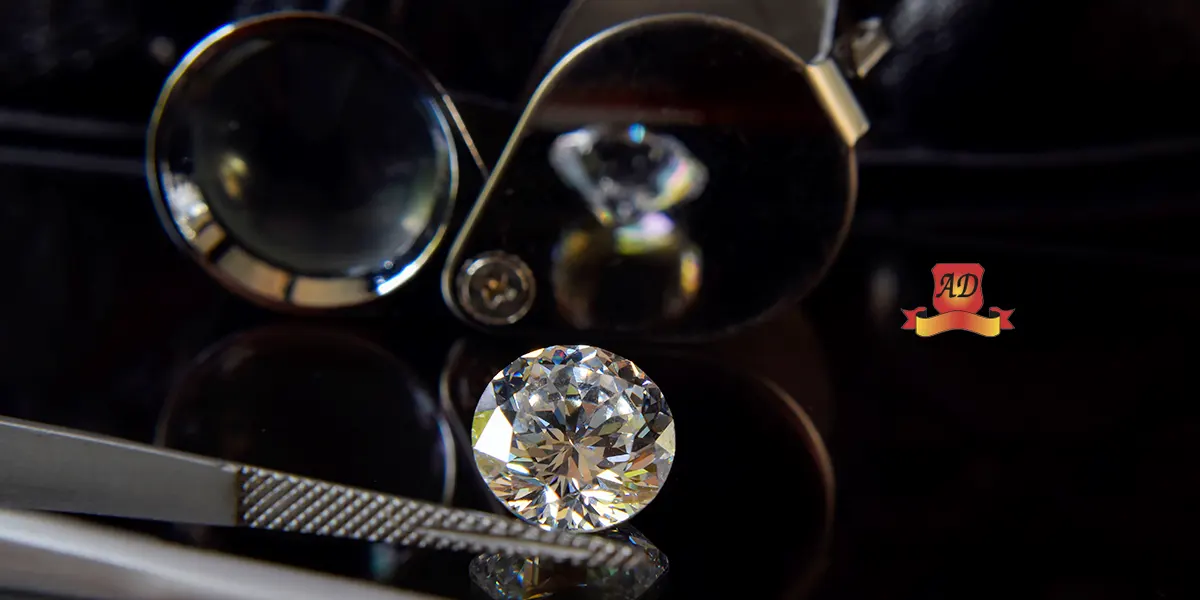Certification & traceability of diamond act as a seal of authenticity & transparency. Learn more about the role of diamond certification & traceability.
Trust is paramount when it comes to diamond purchases, as it represents a significant investment both financially and emotionally. Consumers rely on trust in several key aspects of the diamond industry to ensure they are making a wise and ethical purchase. Beyond the traditional considerations of cut, clarity, and carat, today's consumers want to know the story behind the diamond they are purchasing. They seek details about the diamond's source and journey, desiring assurance that it has been responsibly and ethically sourced. Consumers prioritize transparency, seeking information about whether the diamond is conflict-free, mined sustainably, and adheres to fair labor practices. Therefore, traceability and certifications of diamonds emerge as the guiding beacons in this pursuit of trust, shaping the landscape of diamond sourcing with transparency and assurance.
Diamond Traceability-
What is diamond traceability?
Diamond traceability refers to the ability to track a diamond's journey from its point of origin through various stages of the supply chain, ultimately to its sale to the consumer. It involves documenting and recording crucial information about each diamond, including its source, mining practices, processing, and distribution channels.
Importance Of Diamond Traceability
Diamond traceability matters for several reasons. Firstly, it ensures the ethical sourcing of diamonds, assuring that they are not associated with conflicts or human rights abuses. By tracing a diamond's origin, consumers can make informed decisions and support responsible mining practices. Additionally, traceability enhances transparency and accountability in the diamond industry, fostering trust between consumers, retailers, and suppliers. It also helps combat the trade of illegal or counterfeit diamonds, safeguarding the integrity of the market and maintaining sustainability in the diamond industry.
How is diamond traceability possible?
Diamond traceability is made possible through various technological innovations and industry initiatives. Some of the key ways in which diamonds can be traced include:
- Blockchain Technology: Blockchain technology is increasingly being used in the diamond industry to create a digital ledger that records each transaction or change in ownership. This immutable record provides transparency and traceability, allowing stakeholders to track a diamond's journey securely.
- Serial Numbers and Laser Inscriptions: Many diamonds are laser-inscribed with a unique serial number, typically on the diamond's girdle (the outer edge). This serial number can be cross-referenced with records to trace the diamond back to its origin.
- Certification: Diamonds are often accompanied by certificates from reputable gemological laboratories such as the Gemological Institute of America (GIA) or the International Gemological Institute (IGI). These certificates provide detailed information about the diamond's characteristics and can serve as a tool for traceability.
- Supply Chain Initiatives: Initiatives such as the Kimberley Process Certification Scheme (KP) aim to ensure responsible sourcing and ethical practices within the diamond industry. Compliance with these initiatives involves traceability measures to track the movement of diamonds and verify their ethical provenance.
What are Diamond certificates?
A diamond certification serves as a crucial document in the diamond industry, offering buyers an unbiased evaluation of a diamond's characteristics. Issued by reputable gemological laboratories like GIA or IGI, these certificates provide a comprehensive overview of the diamond's characteristics, including the 4 C’s (carat weight, color grade, clarity grade, cut grade), symmetry, polish, fluorescence, and any additional remarks. Each aspect undergoes meticulous examination by expert gemologists using standardized grading criteria.
Importance of Diamond Certification
Diamond certification holds paramount importance in the industry as it serves as a hallmark of quality, authenticity, and trust. Through rigorous evaluation by esteemed gemological laboratories, certified diamonds provide consumers with assurance regarding their precise characteristics, including cut, color, clarity, and carat weight. This documented validation not only facilitates informed purchasing decisions but also fosters confidence in the diamond's value and authenticity. Additionally, certification supports ethical and responsible practices, ensuring that diamonds adhere to stringent standards for responsible sourcing and sustainable production. Ultimately, diamond certification plays a pivotal role in upholding integrity, transparency, and consumer trust within the diamond industry.
Leading Gemological Institutes for Diamond Certifications
There are several gemological laboratories and organizations that provide diamond certifications, each with its own grading standards and criteria. Some of the most recognized diamond certification institutes include:
Gemological Institute of America (GIA): GIA is one of the most respected and widely recognized gemological laboratories in the world. GIA certification provides comprehensive assessments of a diamond's quality based on the 4C’s (cut, color, clarity, and carat weight). GIA certificates include detailed information about a diamond's characteristics, along with a unique identification number for verification purposes.
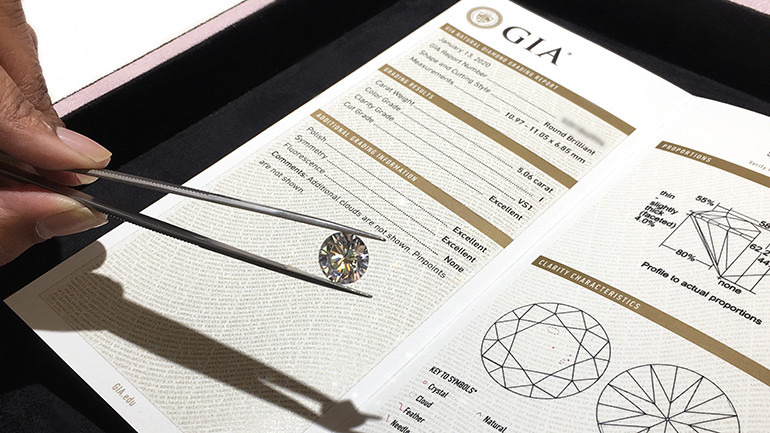
American Gem Society (AGS): AGS certification also evaluates diamonds based on the 4Cs but employs a different grading scale and methodology compared to GIA. AGS certificates provide detailed information about a diamond's proportions, symmetry, and polish, in addition to its color, clarity, and carat weight
Hoge Raad voor Diamant (HRD Antwerp): HRD Antwerp is a Belgian diamond grading laboratory that offers certification services for diamonds. HRD certificates provide detailed assessments of a diamond's quality based on the 4Cs and may include additional information about fluorescence, polish, and symmetry.
.jpg?147)
International Gemological Institute (IGI): IGI is a global gemological organization that provides diamond grading and certification services. IGI certificates evaluate a diamond's quality based on the 4Cs and may include assessments of fluorescence, as well as additional information such as proportions and symmetry.
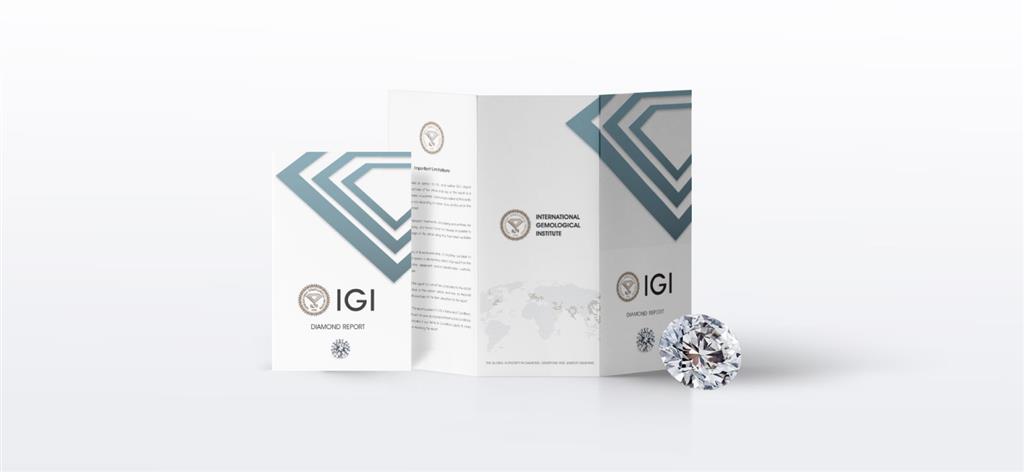
European Gemological Laboratory (EGL): EGL is another well-known gemological laboratory that offers diamond certification services. EGL certificates assess a diamond's quality based on the 4Cs and may provide additional information about fluorescence and other characteristics.
Things to Consider Before Selecting a Source for Diamond
- Trustworthiness of the Source: Prioritize sourcing diamonds from reputable and trusted suppliers with a proven track record of ethical practices and integrity.
- Transparency in Sourcing Practices: Choose a source that demonstrates transparency in its sourcing practices, providing detailed information about the diamond's origin, mining methods, and adherence to responsible mining standards.
- Certification and Accreditation: Look for diamonds that come with certifications from renowned gemological institutes such as the Gemological Institute of America (GIA) or the International Gemological Institute (IGI).
- Expertise and Industry Knowledge: Anita Diamonds has stood as a beacon of expertise and industry knowledge in the world of loose diamonds since 2010. Our founders, Mr. Chirag Shah and Mr. Chinar Shah, brings forth unparalleled insight garnered ensuring that every client interaction is enriched with expert guidance and informed decision-making.
- Transparency in Business: At Anita Diamonds, transparency is not just a buzzword; it's a foundational principle of our business operations. We prioritize clear and honest communication with our clients, fostering trust and credibility at every step of the process. From diamond certification to pricing, we maintain utmost transparency, empowering our clients to make well-informed choices with confidence.
- Quality Control Measures: Quality is the cornerstone of our operations at Anita Diamonds. We adhere to rigorous quality control measures at every stage of the diamond journey, from sourcing rough diamonds to the final polishing process. Our commitment to excellence ensures that each diamond leaving our facility meets the highest standards of craftsmanship, brilliance, and durability.
- Certified Diamonds: Anita Diamonds takes pride in offering only certified diamonds of the highest caliber. Every diamond in our inventory is meticulously graded and certified by renowned gemological laboratories such as HRD, IGI, and GIA.
- Wide Variety and Range: With a vast inventory encompassing diamonds of every shape, size, and color, Anita Diamonds caters to diverse preferences and requirements of our global clientele. Whether you seek a rare, large carat diamond or a parcel of smaller stones, we offer a wide variety to suit every need.

